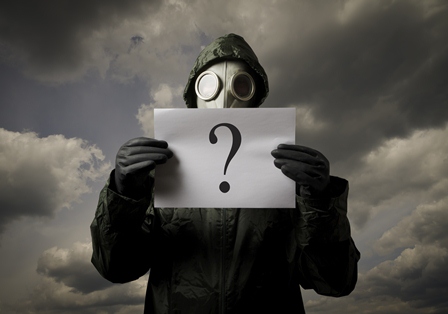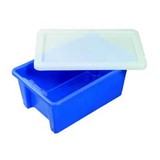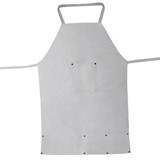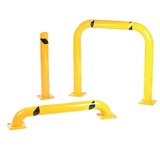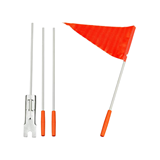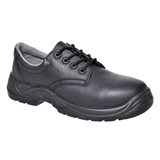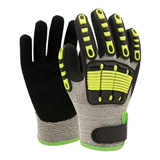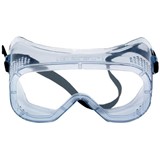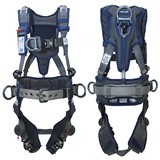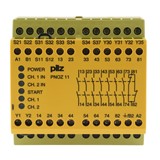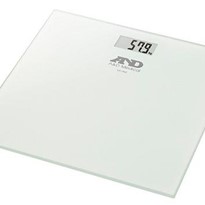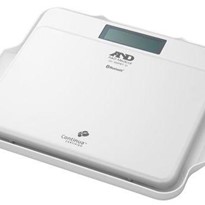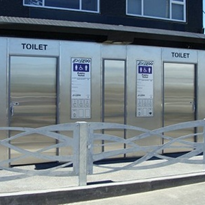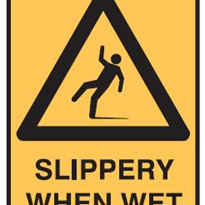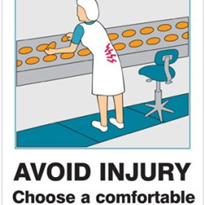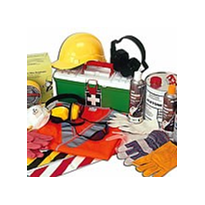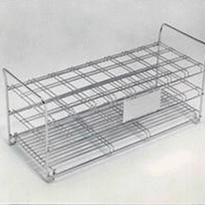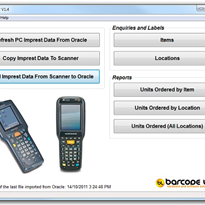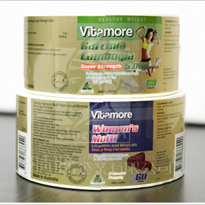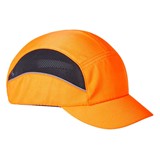These new guidelines include managing the risks from exposure to hazardous gases in containers:
- Managing Risks of Methyl Bromide Exposure when Unpacking Shipping Containers
- Managing Risks of Hazardous Chemicals Exposure when Unpacking Shipping Containers
- Managing the Risks of Unpacking Shipping Containers
There have been many incidents around Australia of workers being affected by toxic gas when unpacking containers – most recently in February 2016 in Adelaide, where three workers were hospitalised after unpacking a shipping container.
The myth that there is only a problem if you can smell gas is, unfortunately, just that – a myth. Many of the typical residual gases found in containers, which may be very dangerous, have little or no odour. Examples include methyl bromide, which is a commonly used fumigant used for quarantine purposes; formaldehyde, a carcinogen, is probably the most commonly detected gas in containers as it is used in furniture and textiles; footwear can be a problem as toluene is used to stabilise the product during transit to prevent mould growth. There are many others found.
Safe Work Australia conducted a study and proved there was a real problem with toxic gases in containers coming into our country. Other countries such as Germany, Netherlands, Denmark, Belgium and France have all conducted random testing programs of imported containers they too have implemented protocols for checking and removing toxic gases where found.
In Europe, which has the most stringent safety limits, test results showed up to 40% of import containers had unsafe levels of gas. In Australia and New Zealand various studies have revealed 12%-20% of randomly selected imported containers contained toxic gases that exceeded Australian safety levels.
The scale of the problem is very large. If we conservatively consider that 10% of imported containers exceed Australian limits it means that the number of potentially toxic containers imported into Sydney, would be about 110,000 per annum (10% of imports of 1.15 million). That leaves many hundreds of workers potentially exposed if there are no testing and ventilation programs at the place of container unpacking.
Some businesses and government agencies in Australia have recognised the issue of unsafe gases in shipping containers by implementing programs that provide for the identification of containers holding harmful gases and for the mechanical ventilation with purpose-built equipment.
Identifying containers with potentially hazardous gases is relatively simple with gas detection equipment before opening the container. If a container is found to be unsafe, mechanical ventilation is recommended which can thoroughly clear the container of gas to make unloading safe usually within an hour.
As a second-best option, Safe Work recommend that containers which are not mechanically ventilated are left with doors opened for at least 12 hours before entry, although this does not guarantee the same results as forced ventilation using designated container ventilation equipment.
Common Fumigant Risks |
||||||||
|
SUBSTANCE |
TWA ppm |
TWA mg/m3 |
|
|||||
|
Chloropicrin |
0.1 |
0.67 |
Poison & Lachrymator |
|||||
|
Ethylene dibromide |
0.5 |
3.9 |
Probable Carcinogen |
|||||
|
Ethylene oxide |
1 |
1.8 |
Carcinogen & Tissue Destructor |
|||||
|
Hydrogen cyanide |
10 |
11 |
Respiratory Toxin |
|||||
|
Methyl bromide |
5 |
19 |
Neurotoxin |
|||||
|
Phosphine |
0.3 |
0.42 |
Cardiovascular Poison |
|||||
|
Sulphuryl fluoride |
5 |
21 |
Not yet classified |
|||||
|
TWA: Time Weighted Average – maximum exposure allowed during a standard working period ppm: Parts per million concentration of gas mg/m3: Milligrams per cubic metre concentration of gas STEL: Short Term Exposure Limit of 15 minute interval |
|
|||||||
Common Toxic Industrial Chemicals |
|
|||||||
|
Compound |
TWA (ppm) |
STEL (ppm) |
Carcinogen |
Typical Source |
|
|||
|
Ammonia |
25 |
35 |
- |
Rubber products |
|
|||
|
Benzene |
5 |
- |
Category 1 |
Machinery |
|
|||
|
Toluene |
100 |
150 |
- |
Shoes |
|
|||
|
C3 Alkylbenzenes |
25 |
75 |
- |
Cleaning agents |
|
|||
|
Styrene |
50 |
100 |
- |
Packaging foams |
|
|||
|
1, 3 - Butadiene |
10 |
- |
Category 2 |
Plastic packaging |
|
|||
|
Turpentine |
100 |
- |
- |
Varnishes |
|
|||
|
Dichloromethane |
50 |
- |
Category 3 |
Carpets & rugs |
|
|||
|
Formaldehyde |
1 |
1.2 |
Carcinogen |
Furniture |
|
|||
|
Vinyl chloride |
5 |
- |
Category 1 |
Plastics |
|
|||
|
Trichloroethylene |
10 |
40 |
- |
Cleaned metal products |
|
|||
|
Tetrachloroethylene |
50 |
150 |
Category 3 |
Electronic goods |
|
|||
|
Acetone |
500 |
1000 |
- |
Paints & plastics |
|
|||
Nordiko is an Australian company that specialises in providing innovative cargo fumigation solutions for the shipping industry. We offer a unique fumigation products including the Ultra Light Fumigant Recapture System and Plastic Console for shipping containers.
To read the rest of this article and download the new guidelines please click here.
For more information on how we can help your business Managing Health & Safety Risks When Unpacking Shipping Containers please call or email for a direct reply.


